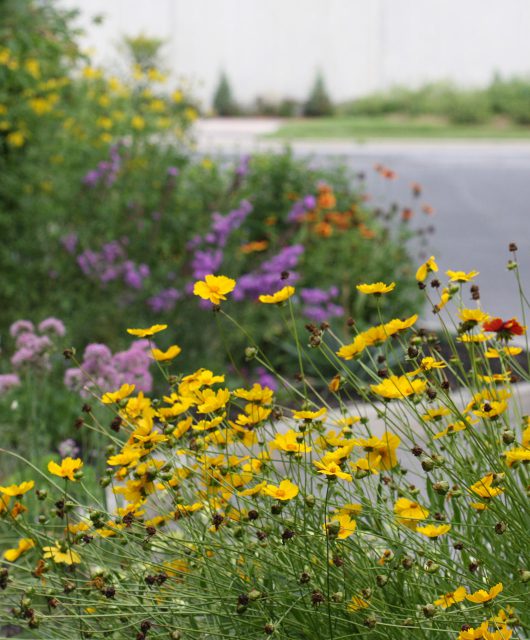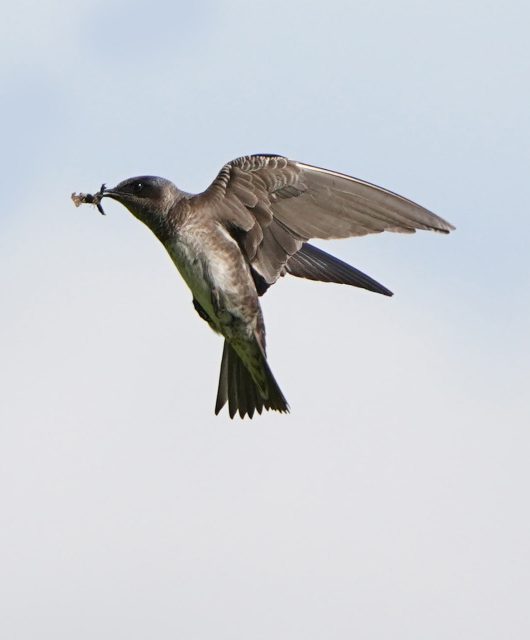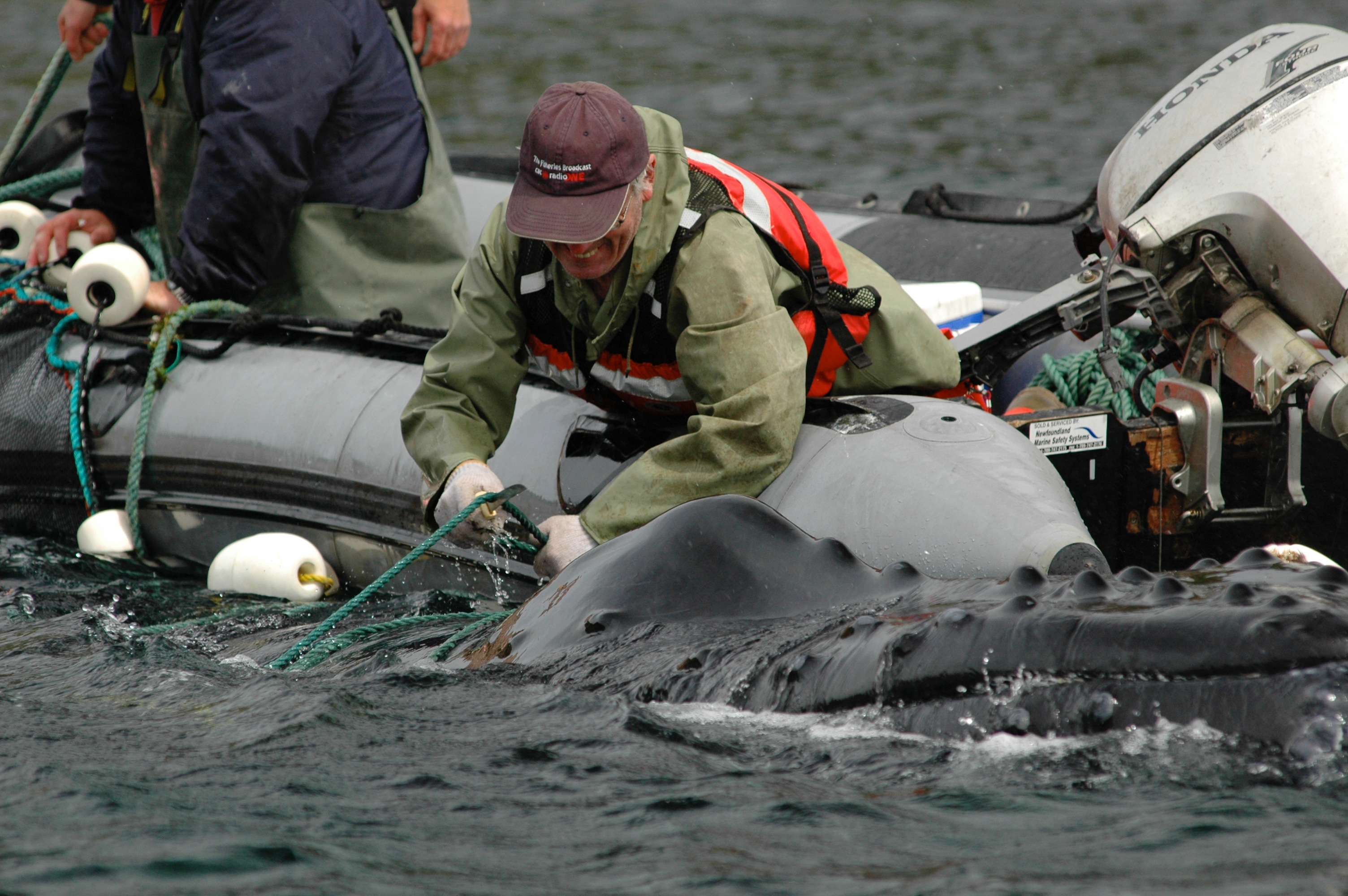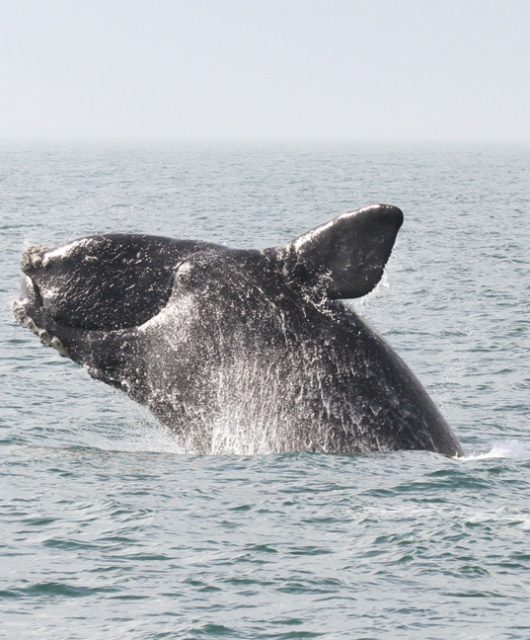Did you know that out of 800 species of bees in Canada approximately 45 are bumble bees?
Notable by their telltale fuzzy yellow-and-black patterned bodies and way of almost “bumbling” around, bumble bees are very important pollinators in our ecosystems. Let’s take a closer look at one of these fuzzy fellows!
The Yellow-Banded Bumble Bee

The Yellow-banded Bumble Bee (Bombus terricola) is native to North America. While they are found in the US, surprisingly, the majority of its population is found in Canada. Typically, they are active between mid-March to mid-September (peaking in July and August). They can be found inhabiting a wide range of habitats including farmlands, grasslands, meadows, wetlands and urban areas. They also have a rare ability among insects to survive low temperatures by shivering to create heat — perfect for Canada!
Telling these bees apart from others can be challenging. Thankfully, they have a unique black and yellow patterning that distinguishes them from other bumble bees. Female Yellow-banded Bumble Bees have yellow colouring on the front half of their thorax, abdominal segments 2 and 3, and on tufted hairs found on segment 5. This contrasts with males, which have yellow colouring intermixed with black on their head, on the front third of their thorax, abdominal segments 2 and 3, and on tufted hairs found on both segments 5 and 6.
Population Decline

Unfortunately, the Yellow-banded Bumble Bee population has been in decline since the mid-1990s and are now listed as a species at risk. The Canadian government has designated the Yellow-banded Bumble Bee as Special Concern, while globally they are listed as Vulnerable.
Though the exact reasons for their population decline remains unknown, causes may include loss of habitats, competition with other species, pesticide use, and broader influences such as climate change, parasites and disease.
Canadian Observations

Over the years, there have been more than 5,400 Yellow-banded Bumble Bee observations on iNaturalist, with more than 3,400 logged in Canada. With 34 per cent, Ontario ranks as the province with the most recorded observations. Nova Scotia comes in as the province with the second-most observations at 16 per cent. Though they tend to congregate in southern Canada, observations have been recorded in every province and territory — except Nunavut. They have even been found as far north as Great Bear Lake in the Northwest Territories!
Though their overall population is in decline, the number of sightings of the Yellow-banded Bumble Bee has increased significantly in the last decade. While this seems a little backwards, it is explained by the rise of citizen science as more members of the public record their species observations on iNaturalist. Members of the public vastly outnumber our researchers’ conducting studies, offering more potential to observe the Yellow-banded Bumble Bee even as their population levels fall below the threshold of a healthy population.
Despite this, there is no certainty that the rise in observations will continue. While the number of observations in 2022 and 2023 — 652 and 689 respectively — are significantly higher than almost all other years, they present a notable drop compared to the 835 observations in 2021. This raises questions about what 2024 will look like, whether any of the observation years are outliers and, if not, then what factors may have caused the shift.
What You Can Do
You can help the Yellow-banded Bumble Bee by heading outside and looking for them with iNaturalist! The app is easy to use — take a picture, upload it, record the location/date, and use the app’s suggestions to help identify what species you’ve found. Make sure to take multiple pictures of your bee from different angles and try to get as much detail as possible! This helps iNaturalist, and other users (who verify your observation) to identify the species. Scientists and policy-makers then use this data to make informed decisions to help conserve these species!
Better yet, create your own pollinators’ paradise garden! Planting a carefully selected mix of native flowering species will ensure that pollinators have access to food throughout the season.
Learn more about Canada’s Bees >
Author
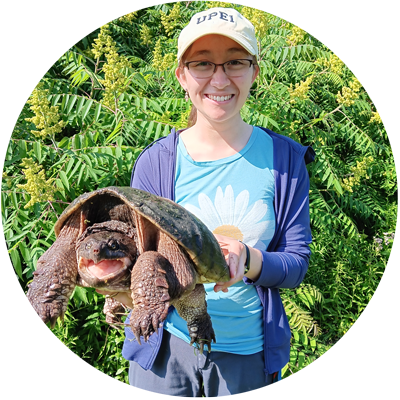 Kathryn Wu
Kathryn Wu
Kathryn Wu is a biologist with the Turtle Team at CWF. She graduated from the University of Waterloo with a degree in Environment, Resources and Sustainability, and a diploma in Ecological Restoration and Rehabilitation. Although passionate about all forms of conservation, Kathryn has a particular interest in bees. Photo: David Seburn | CWF.

